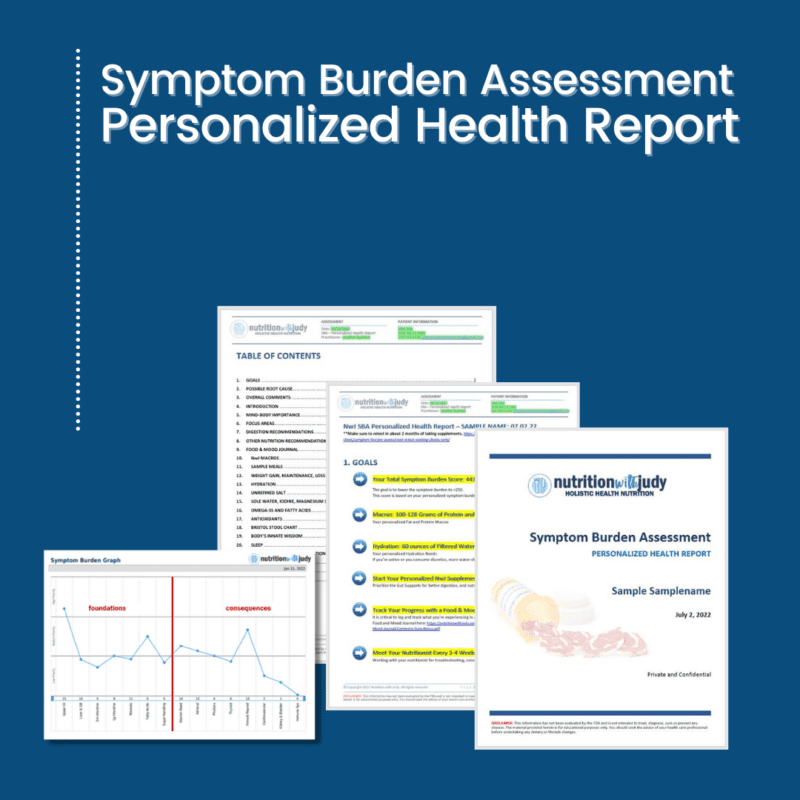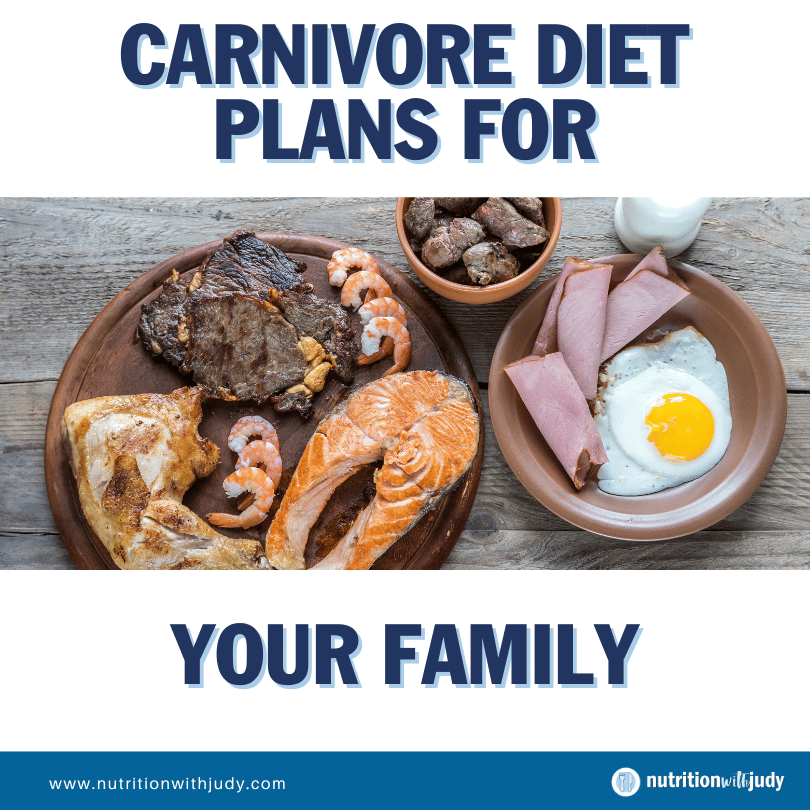

Carnivore Diet Plans for Your Family


Embracing a carnivore diet for your family comes with unique challenges, especially when preparing meals for multiple people with different health goals and nutritional needs. A well-structured meal plan can be a game-changer in this scenario, offering a roadmap to satisfying, nutritious meals that adhere to the carnivore diet’s principles.
By planning ahead, families can ensure that every meal is balanced, meets the dietary requirements of each member, and supports their health and wellness goals. This approach not only streamlines shopping and cooking processes but also helps in avoiding the temptation of off-diet foods, making it easier to stick to this health-focused lifestyle.
And sometimes just as equally as important, a meal plan can introduce variety and creativity into meals, keeping the diet interesting and enjoyable for everyone involved. Ultimately, having a carnivore diet meal plan ready for your family ensures that you can enjoy the benefits of this diet together, fostering a collective journey towards thriving.
What Is the Carnivore Diet?
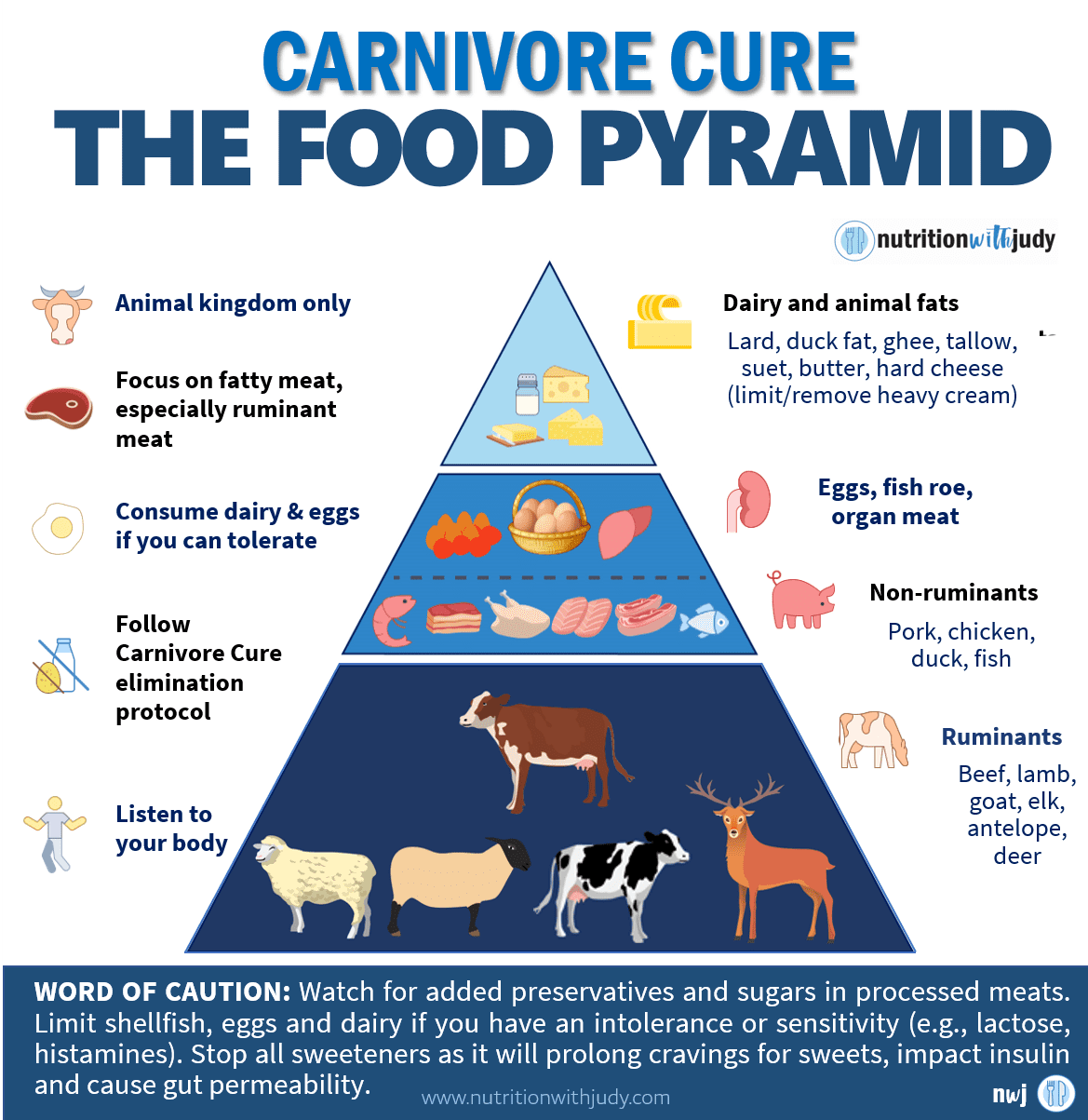

The carnivore diet, emphasizing animal-based foods, presents various adaptations to meet individual health objectives and dietary preferences. These include:
- Beef-Only Approach: Ideal for simplicity and those addressing autoimmune or chronic conditions, focusing exclusively on beef for its elimination diet benefits, though diversity in meats is advised for long-term nutritional balance.
- Lion Diet: A more stringent variant, limiting intake to ruminant meats, salt, and water, recommended for initial elimination protocols, particularly for autoimmune and gut health improvements.
- Nose-to-Tail Consumption: Encourages eating every part of the animal, including organ meats, to maximize nutrient intake, with caution advised for liver and kidney to avoid vitamin A toxicity.
- Meat-Only Diet: Encompasses all muscle meats, excluding organ meats, dairy, and eggs, serving as a foundational elimination diet for those well-tolerated to muscle meat.
- Zero-Carb Diet: Targets zero to minimal carbohydrate intake, incorporating dairy, eggs, and meat, suitable for those without autoimmune or significant chronic health issues, possibly including seasonings.
- Carnivore Keto Diet: Blends ketogenic principles with the carnivore lifestyle, focusing on low-carb, high-fat foods, including specific plant-based options such as avocados and coconut oil, for those with minimal chronic health concerns and metabolic health.
- Carnivore-Ish Keto Diet: Offers greater flexibility by integrating more ketogenic elements while prioritizing animal-based foods, suitable for metabolically healthy individuals without food addiction issues, incorporating keto sweeteners and some nuts.
- Animal-Based Diet: A broader approach including animal products, fruit, honey, and raw dairy, observed generally to only benefit metabolically flexible individuals and elite athletes in our clinical practice. We don’t recommend this variation because of its various risks and limited efficacy.
This tailored approach ensures everyone can find a carnivore diet plan that aligns with their health goals and dietary needs.
What Are the Benefits of the Carnivore Diet?
The carnivore diet offers a myriad of benefits attributed to its minimal, zero-carbohydrate approach. Here’s a exploration of why individuals might gravitate towards this diet:
- Simplified Nutrition: The carnivore diet simplifies eating by focusing on meat, eliminating the need to track macros or calories meticulously. This can lead to easier meal planning and preparation.
- Weight Loss: Many adopters find it easier to lose weight due to the diet’s naturally high protein and fat content, which can enhance satiety and reduce overall calorie intake.


- Improved Digestion: The elimination of fiber-rich, anti-nutrient-containing plant foods can lead to improved digestion, especially for those with gut health issues such as IBS or bloating.
- Mental Clarity: Individuals often report enhanced mental clarity and focus, possibly due to stable blood sugar levels from the absence of dietary carbohydrates.


- Reduced Inflammation: Animal foods are devoid of anti-nutrients found in plant foods, which can lead to reduced inflammation and better overall health. The carnivore diet is the most anti-inflammatory diet available.
- Better Blood Sugar Control: By eschewing carbohydrates, the carnivore diet can significantly improve blood sugar levels and insulin sensitivity, making it appealing for those with diabetes or metabolic syndrome.
- Increased Muscle Mass: The high protein content supports muscle synthesis and recovery, making it a preferred choice for athletes and those looking to increase muscle mass.
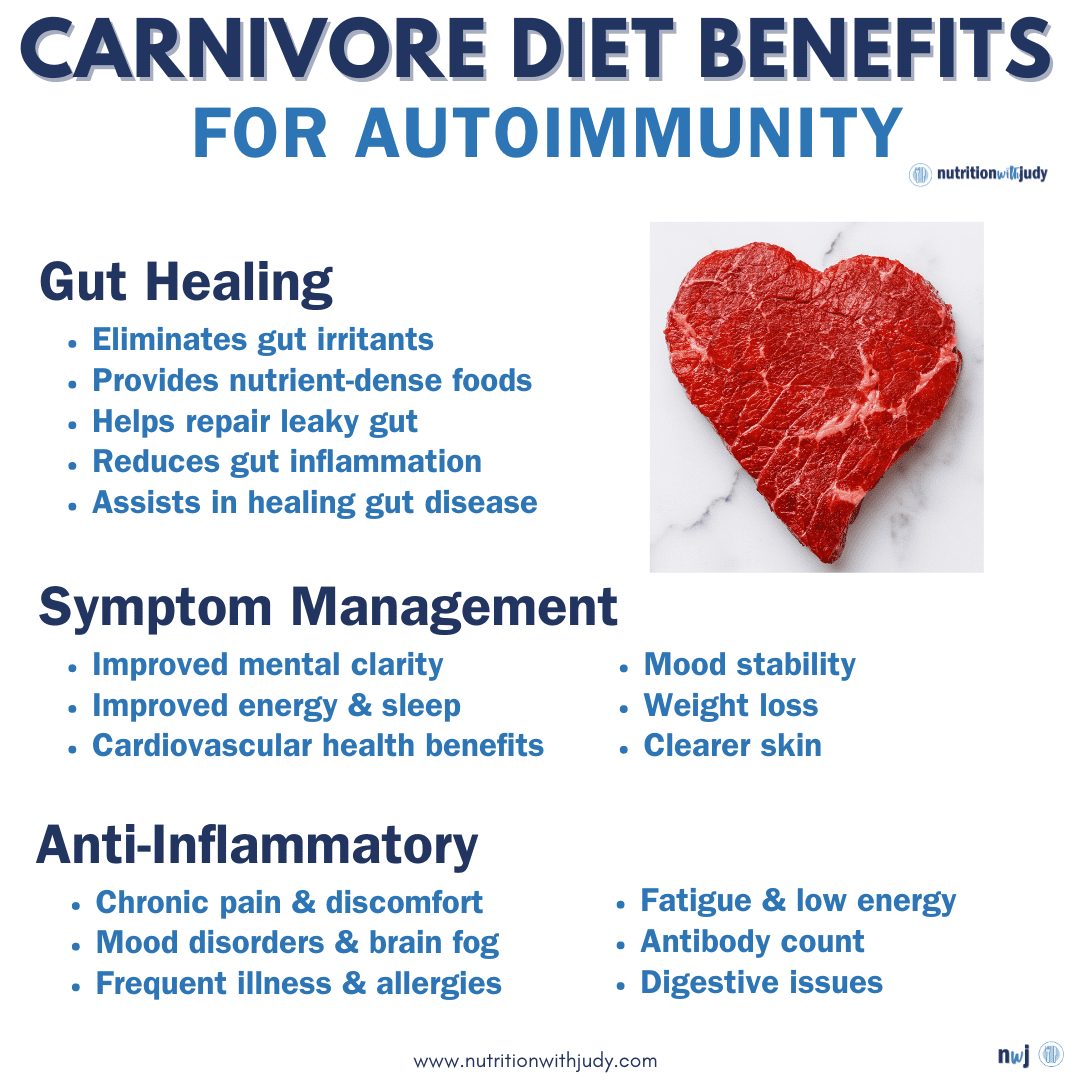

- Improved Autoimmune Conditions: The elimination of potential dietary triggers found in plant foods can improve or mitigate symptoms of autoimmune conditions.
- Enhanced Energy Levels: Steady energy levels throughout the day are often reported, thanks to the absence of carbs, which can prevent the common highs and lows associated with sugar consumption.
- Heart Health: Scientific data and clinical evidence support that a carnivore diet improves heart health by decreasing certain risk factors, such as improving triglyceride levels and reducing high blood pressure.
- Skin Improvements: Anecdotal reports indicate that cutting out plant-based foods can lead to clearer skin and resolution of acne and eczema for some individuals.
- Satiety and Fullness: The diet’s high fat and protein content can lead to increased feelings of fullness, reducing the need to snack between meals and potentially lowering overall calorie intake.
- Hormonal Balance: Eliminating processed foods and sugars can help in balancing hormones, particularly insulin, which is beneficial for those with PCOS or fertility issues.
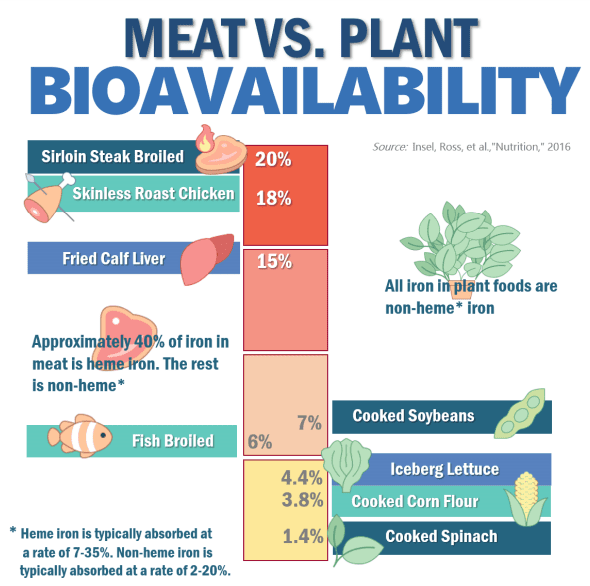

- Enhanced Nutrient Absorption: The carnivore diet offers the most bioavailable, nutrient-dense foods available. Without plant anti-nutrients such as phytic acid that binds mineral absorption, individuals can enjoy enhanced nutrient absorption.
- Food Freedom: Many find a new sense of freedom from food cravings and the societal pressure to eat a varied diet, leading to a more stress-free eating experience.
- Ethical and Sustainable Eating: Some proponents argue that a carnivore diet can be ethically and sustainably sourced, particularly when focusing on regenerative agriculture practices.
Choosing the carnivore diet can be a transformative experience for those seeking to improve their health, simplify their diet, or address specific health issues. Its growing popularity underscores the diverse benefits it offers, though it’s important to consider individual health needs and consult with a healthcare provider before making significant dietary changes.
Carnivore Diet Macros
In the carnivore diet, macronutrient ratios are adjusted to support optimal health, with a focus on high-fat intake. When starting, we generally recommend women consume 80% of their total calories from fat, ensuring they consume at least 0.8 grams of protein per pound of their ideal body weight to support muscle health and overall wellness. Higher fat may be needed while healing so we often lower the fat requirements once adapted and a certain amount of healing has occurred.
For men, we generally use the starting point set at 70% of total calories from fat. This approach aims to balance energy, satiety, and nutritional needs effectively. Although macro tracking and carnivore diets in general for children are not suggested, it’s crucial to ensure they receive ample fat for their proper development, focusing on providing essential fatty acids and fat-soluble vitamins necessary for growth.
Tailoring these macronutrient guidelines helps cater to individual health goals and requirements, ensuring each person on the carnivore diet can optimize their health outcomes.
Carnivore Diet Meal Plans
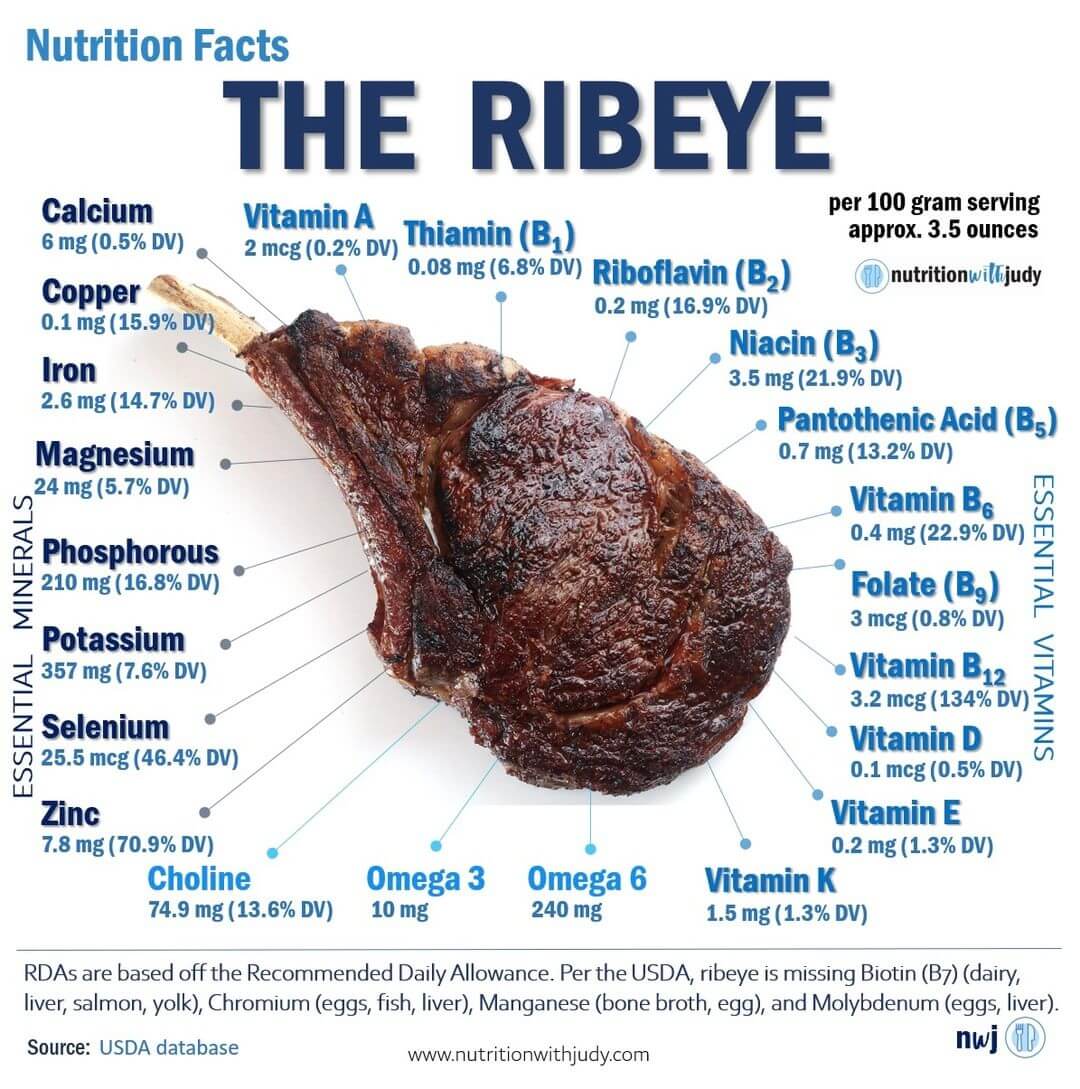

Carnivore diet meal plans offer a practical solution for individuals aiming to adhere to their dietary goals while accommodating personal macronutrient needs. When it comes to a family setting, it’s often easiest to prepare one large meal but modify each individual’s plate. This method involves preparing foundational meals that adhere to the carnivore diet’s guidelines, then customizing each plate to meet specific fat and protein requirements based on individual needs.
Such flexibility ensures that everyone, from those seeking weight loss to muscle gain or maintenance, can tailor their meals accordingly. This approach simplifies dietary adherence, making it easier to manage and adjust to individual preferences and nutritional needs, thus supporting a wide range of health objectives within the carnivore diet framework.
Carnivore Diet Meal Plans Week 1
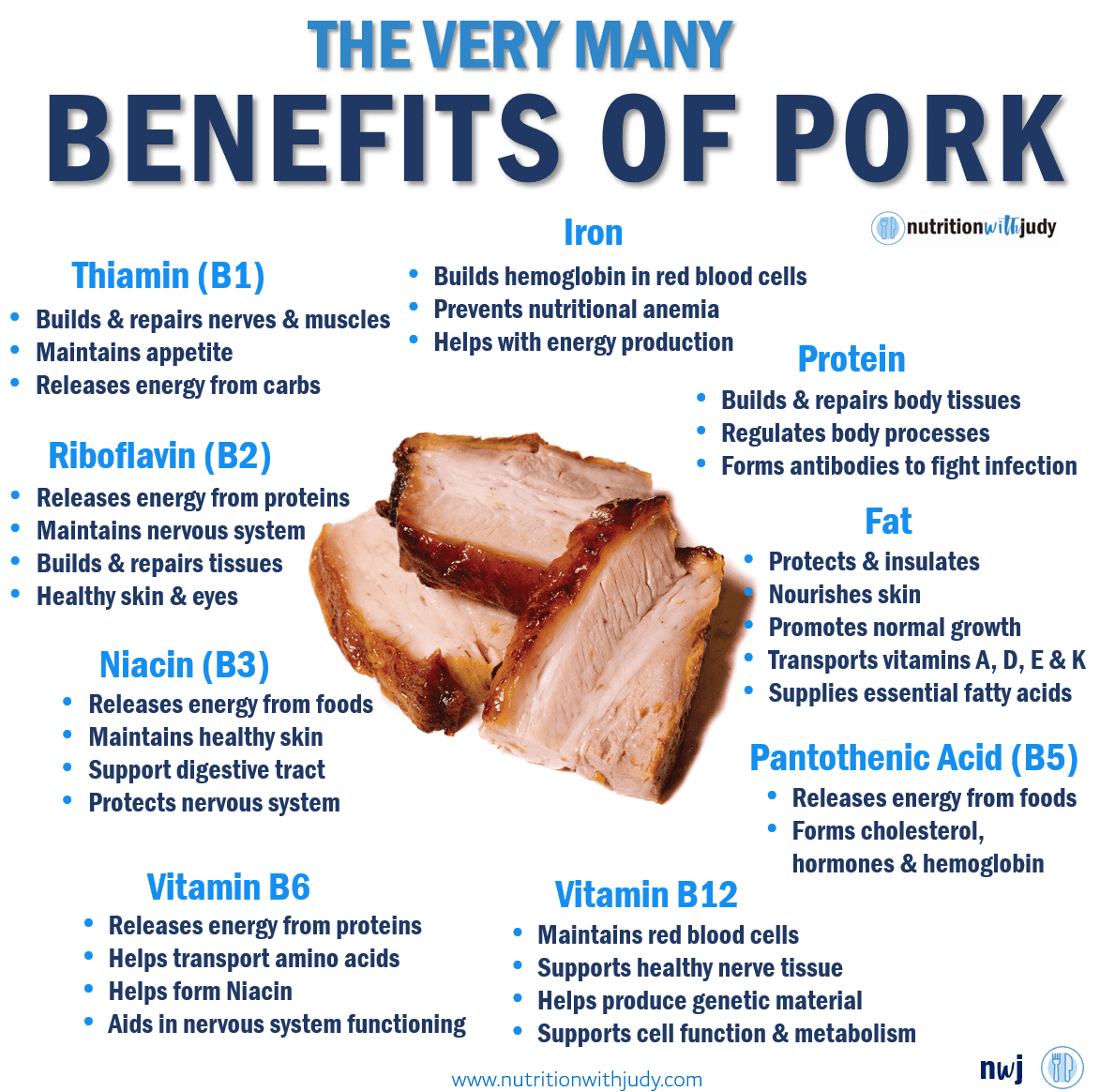

For a family of three starting on the carnivore diet (or low-carb diet for kids), creating a meal plan that accommodates two meals per day for a week involves focusing on nutrient-dense, high-quality animal products. Most people find themselves eating around two times a day but we recommend doing whatever makes this way of eating sustainable for you. However, we aren’t really fans of one meal a day (OMAD), learn more here.
Each meal should offer flexibility to adjust portions and fat-to-protein ratios to suit each family member’s specific dietary needs and preferences. Here’s a suggestion for a week’s plan:
Day 1:
Meal 1: Scrambled eggs with bacon and a side of smoked salmon. Low-carb add-on options for kids: Sugar-free ketchup and/or cheese.
Meal 2: Grilled ribeye steaks with bone marrow butter. Low-carb add-on options for kids: Cucumbers and/or a small piece of organic, in-season fruit.
Day 2:
Meal 1: Pork belly slices fried until crispy, served with soft-boiled eggs. Low-carb add-on options for kids: Carnivore pancakes made from egg and beef isolate protein powder served with butter.
Meal 2: Slow-cooked lamb shanks with homemade beef broth. Low-carb add-on options for kids: Low-carb tortilla and/or avocado.
Day 3:
Meal 1: Beef liver patties with a side of scrambled eggs. Low-carb add-on options for kids: Organic, sprouted nuts, and/or sour cream.
Meal 2: Roast chicken thighs with crispy skin, served with chicken liver pâté. Low-carb add-on options for kids: Zucchini and/or lettuce salad with homemade ranch dressing.
Day 4:
Meal 1: Omelet with ground beef filling and a side of sausages. Low-carb add-on options for kids: Cottage cheese and/or a small portion of organic, in-season fruit.
Meal 2: Baked salmon fillets with a dollop of salmon roe. Low-carb add-on options for kids: Carnivore bagels and/or cream cheese.
Day 5:
Meal 1: Duck eggs fried in duck fat, served with crispy bacon. Low-carb add-on options for kids: Homemade guacamole and/or cheese.
Meal 2: Venison steaks grilled to perfection, served with a side of bone broth. Low-carb add-on options for kids: Cheese crisps and/or microwaved pepperoni slices.
Day 6:
Meal 1: Breakfast sausages with a side of poached eggs. Low-carb add-on options for kids: Yogurt with a small portion of organic, in-season fruit and/or low-carb tortilla and cheese.
Meal 2: Slow-roasted pork ribs with pork cracklings. Low-carb add-on options for kids: Sugar-free barbeque sauce and/or celery with blue cheese dressing.
Day 7:
Meal 1: Smoked haddock served with scrambled eggs. Low-carb add-on options for kids: Egg and cheese carnivore waffles and/or organic, sprouted nuts.
Meal 2: Beef brisket, slow-cooked and served with a side of beef tallow. Low-carb add-on options for kids: Small portion of organic white rice and/or coleslaw with avocado mayo.
This plan offers a highly versatile sample menu that can be easily adapted for different individual needs and personal health goals. Making the base of the meal uniform and individualizing each plate allows for a more efficient prepping process without sacrificing variety and flavor.
Carnivore Diet Meal Plans Week 2
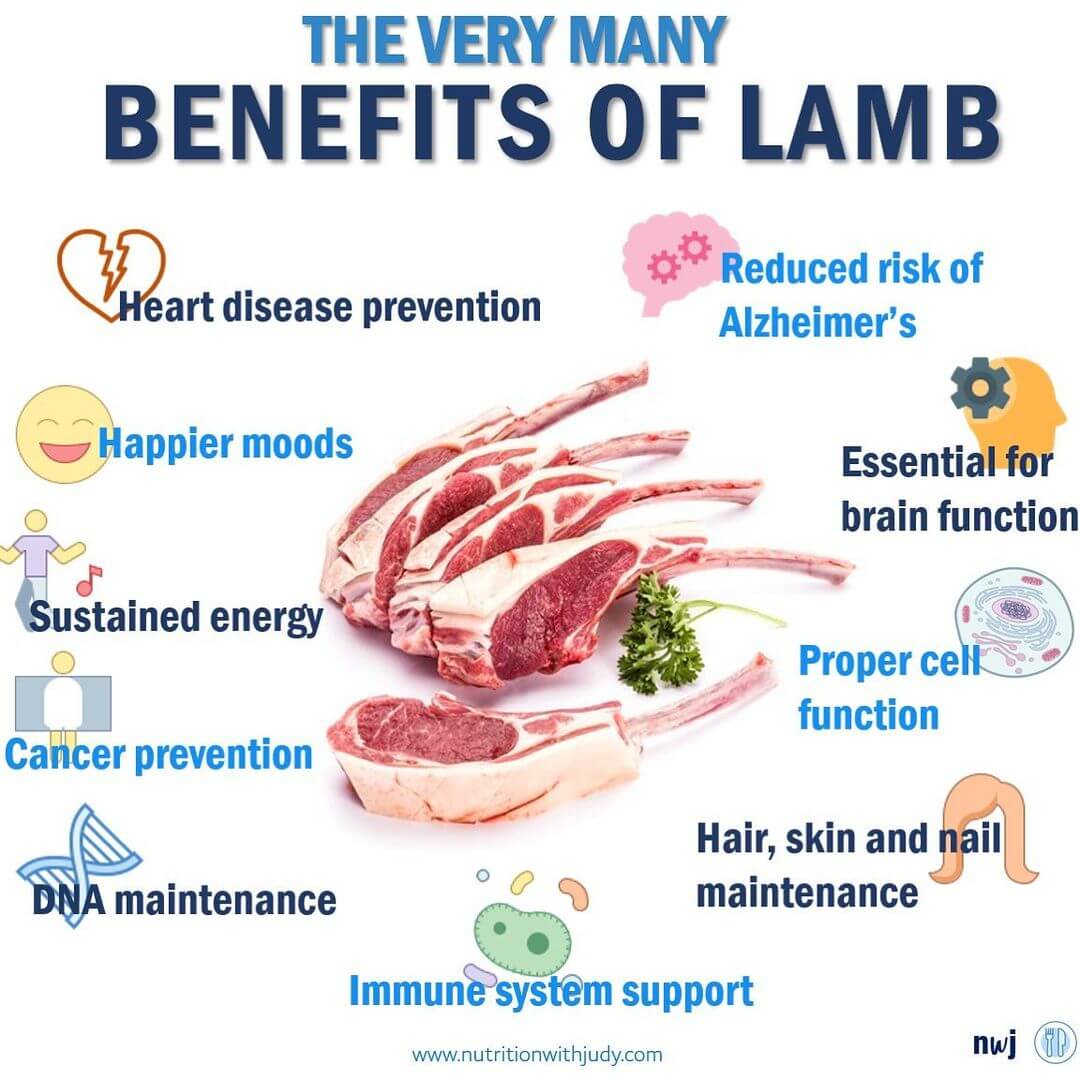

For the second week on a carnivore diet for a family of three, focusing on variety and nutrition is key. Here’s another sample structured meal plan:
Day 1:
Meal 1: Chicken liver omelet with a side of bacon. Low-carb add-on options for kids: Cottage cheese and/or squash.
Meal 2: Grilled trout with butter sauce. Low-carb add-on options for kids: Low-carb grain-free tortilla chips and/or clean gluten-free keto treat.
Day 2:
Meal 1: Beef tongue tacos with carnivore tortillas with homemade bone broth. Low-carb add-on options for kids: Low-carb tortilla cheese quesadilla and/or sugar-free marinara sauce.
Meal 2: Roasted duck with duck fat drizzle. Low-carb add-on options for kids: Small portion of organic white rice and/or lettuce salad with blue cheese dressing and bacon.
Day 3:
Meal 1: Canned mackerel with hard-boiled eggs. Low-carb add-on options for kids: Cheesy egg muffins and/or avocado.
Meal 2: Bison burger patties with a side of grilled heart slices. Low-carb add-on options for kids: Mustard and/or grilled onions.
Day 4:
Meal 1: Sausage and egg muffins (using eggs as the muffin base). Low-carb add-on options for kids: Sauteed mushrooms with butter and/or cottage cheese.
Meal 2: Slow-cooked beef ribs with a side of marrow bones. Low-carb add-on options for kids: Low-carb tortillas and/or sugar-free barbecue sauce.
Day 5:
Meal 1: Smoked salmon with cream cheese. Low-carb add-on options for kids: Low-carb bagels or a small portion of organic, in-season fruit.
Meal 2: Pork chops with a side of liver pâté. Low-carb add-on options for kids: Cheese crisps and/or organic, sprouted nuts.
Day 6:
Meal 1: Turkey bacon roll-ups with scrambled eggs. Low-carb add-on options for kids: Chicken apple sausage and/or string cheese.
Meal 2: Elk steak with ghee. Low-carb add-on options for kids: Carrots with homemade ranch dressing or a small portion of low-carb, grain-free pasta with sugar-free marinara sauce.
Day 7:
Meal 1: Soft-boiled eggs and pork belly. Low-carb add-on options for kids: Cottage cheese with a small portion of organic, in-season fruit or cheese.
Meal 2: Roast leg of lamb with lamb fat dressing. Low-carb add-on options for kids: Low-carb tortillas and avocado or low-carb grain-free tortilla chips.
This meal plan introduces a wide range of animal products, ensuring that the family receives all the essential nutrients required for health and vitality on the carnivore diet. Portions and specific fat-to-protein ratios can be adjusted based on individual energy needs and health goals.
Personal Carnivore Meal Modification Tips
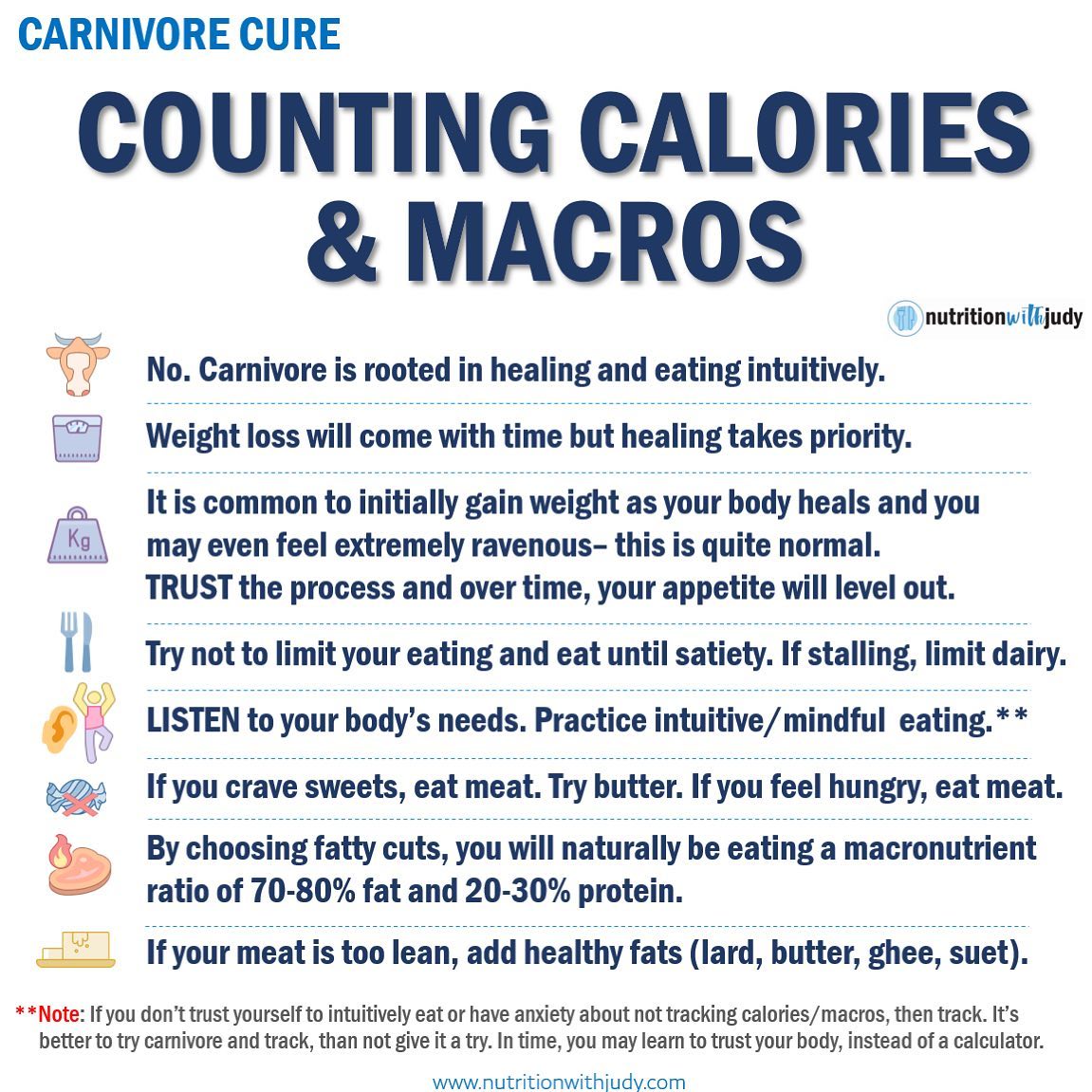

Adapting carnivore diet meals for a family involves thoughtful customization to match each member’s macronutrient needs, promoting health and satisfaction at every meal. For women, incorporating additional fats is crucial; this can be achieved by adding high-quality tallow, butter, or selecting fattier cuts of meat to their servings. This approach supports hormonal balance and energy levels.
Men, on the other hand, may prefer leaner meal components to fit their macronutrient profile, choosing leaner cuts of meat or adjusting portion sizes to reduce fat intake while still benefiting from the diet’s high protein content. Children, while not needing strict macro tracking, can be encouraged to enjoy the diet by incorporating keto-friendly options that are still lower in carbs but add variety, such as cheese or low-carb vegetables, ensuring their meals remain nutrient-dense with a focus on high-quality animal products.
By customizing plates within these guidelines, families can enjoy shared meals that cater to individual nutritional needs, ensuring everyone adheres to the carnivore diet while meeting their unique health goals. This flexible approach fosters a supportive, health-focused family environment where dietary preferences are respected and nutritional requirements are met, creating a harmonious balance between enjoying family meals and maintaining personal health objectives.
Tips for Eating Out On the Carnivore Diet
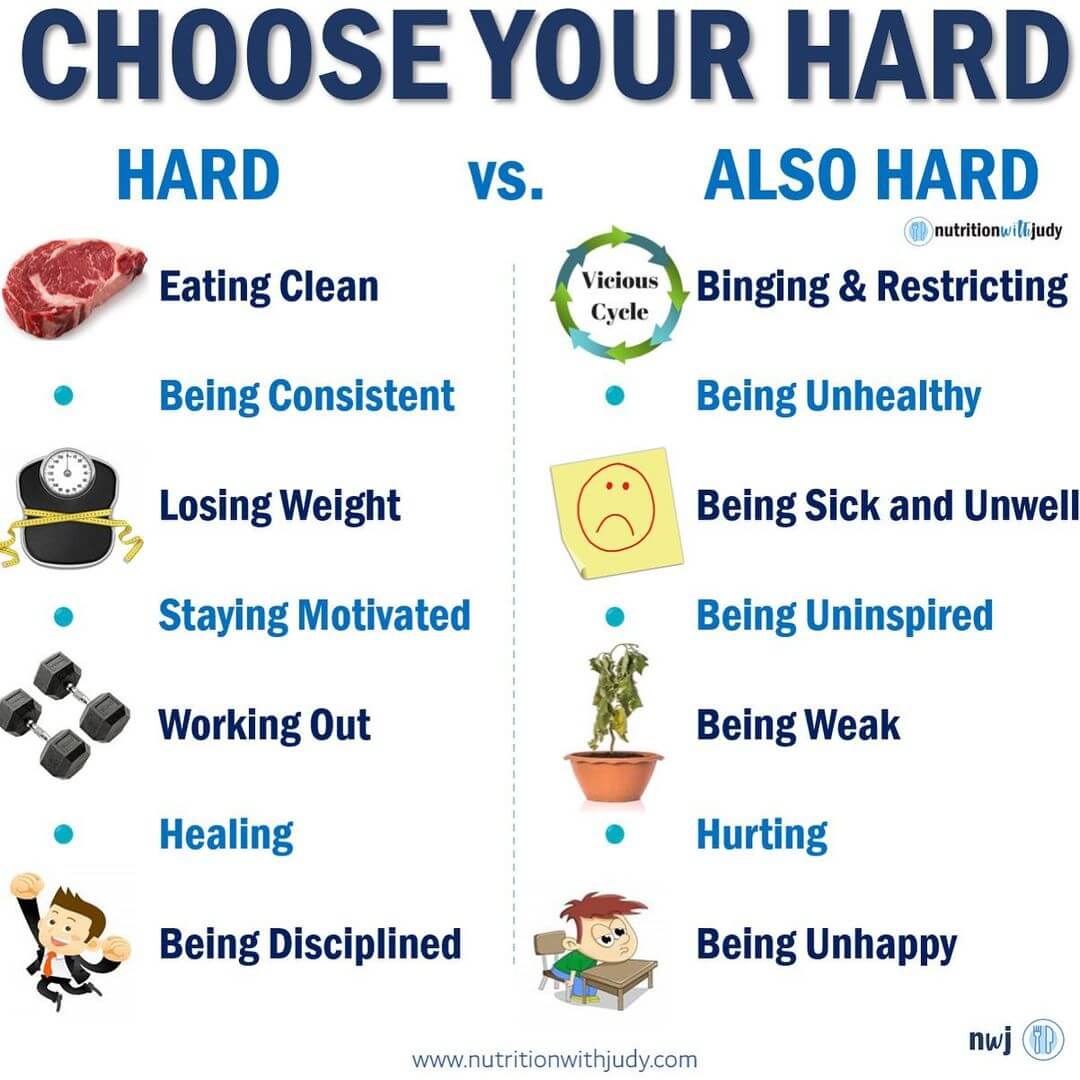

Navigating dining out on the carnivore diet for a family involves strategic choices and clear communication. Prioritize restaurants known for their quality meat selections, such as steakhouses or barbecue joints, where it’s easier to find dishes that fit the carnivore lifestyle. Always review menus in advance to identify suitable options, and don’t hesitate to contact the restaurant for any clarifications about their dishes.
When ordering, specify your dietary preferences—requesting meals without sauces, seasonings, or sides that don’t align with your carnivore diet. Opt for straightforward meat dishes such as steaks, ribs, or seafood, and inquire about cooking methods to ensure they meet your carnivore standards.
Accommodations for children on low-carb diets are a lot easier than strict carnivore requests. Flexibility and clear communication with restaurant staff will make eating out a more enjoyable experience for the family, allowing everyone to maintain their dietary choices without compromising on dining out together.
Closing Thoughts On Carnivore Diet Meal Plans
The carnivore diet meal plans we’ve discussed provide a structured approach to eating that focuses on animal-based foods, tailored to meet individual and family nutritional needs. Meal customization allows for adjusting macronutrient ratios to suit different dietary requirements, emphasizing high-fat intake for women, leaner options for men, and incorporating keto-friendly foods for children.
Eating out on this diet involves selecting meat-centric restaurants and communicating dietary preferences clearly. By embracing these practices, families can enjoy the benefits of the carnivore diet, including improved health and simplified meal planning, while accommodating each member’s unique needs.
These are all tips for helping families create sustainable eating practices so they can achieve their individual health goals.
Work With Our Trusted Carnivore Diet Functional Nutritional Therapy Practitioners
The Nutrition with Judy practice is honored to be a trusted carnivore diet practitioner support serving clients from around the globe. We’re passionate about helping our clients achieve root-cause healing in order to lead the best quality of life possible that’s nearly symptom-free. Our team is dedicated to educating our community about the incredible benefits of the carnivore diet. We welcome you to explore our free resources and are always available to support you through personalized protocols. Our Symptom Burden Assessment (SBA) is the perfect starting point for discovering your root cause and is required to work with our team— you can learn more in-depth about this powerful tool here.
Start your root-cause healing journey today and contact us any time with any questions or concerns.
DISCLAIMER: This content is for educational purposes only. While we are board-certified in holistic nutrition and are nutritional therapy practitioners, we are not providing medical advice. Whenever you start a new diet or protocol, always consult with your trusted practitioner first.



